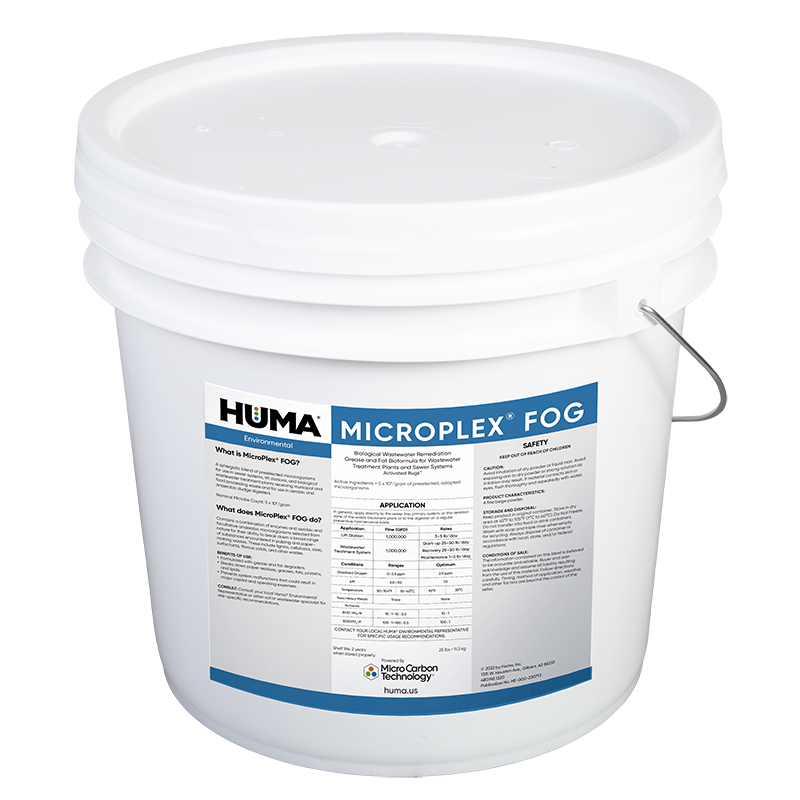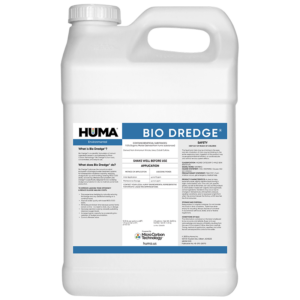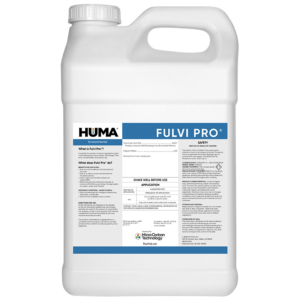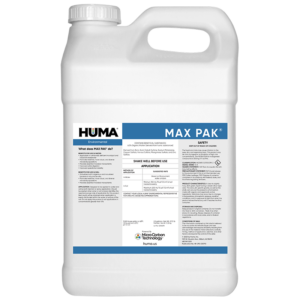FAQs
Related Products
Related Case Studies

Bio Genesis® Reduces Foam and Increases Stability at Arizona Municipal Wastewater Treatment Facility
Problem A municipal wastewater treatment facility in Arizona uses an activated sludge system with 4 oxidation ditches to treat approximately 9 million gallons per day. The system frequently experiences intermittent foaming and settling issues. The operator was looking for a solution to the foaming and settling issues that would also provide operational stability throughout the...

Bio Energizer® Reduces Sludge 45% In One Year, Saves Municipal Plant $6 M In Dredging Costs
Summary In this study, a one-year bioremediation plan featuring Bio Energizer® was implemented for a municipal wastewater treatment facility with 2 primary lagoons in which sludge depths had reached 5–7 feet. The lagoons were at risk of upset and wastewater processing capacity was reduced. Sludge levels were measured at baseline and quarterly. Sludge depth was...

Bio Genesis® Reduces Foam and Increases Stability at Idaho Municipal Wastewater Treatment Facility
Problem A municipal wastewater treatment facility in Idaho uses a small, activated sludge system to treat 35,000 gallons per day (gpd); waste activated sludge (WAS) is removed from the system approximately every 2 to 3 weeks. The system frequently experienced intermittent foaming and settling issues, as well as seasonal impact from grease relating to the...
Related Blog Posts

Love Me Some Lagoons!
By Heather Jennings, PE Of all the wastewater lagoon systems I have been to, I’ve never met the same lagoon twice! Many consider lagoons old tech, but they can be very reliable and more stable treatment systems than many of the more sophisticated systems out there. Lagoons, like any wastewater system, should not be left...

Just Another Snake Oil?
by Heather Jennings, PE For years, the wastewater industry has been plagued with products that meet only half the expectations of the users or make matters worse. I get it. I personally questioned the efficacy of Micro Carbon Technology® (MCT—the nutrient carrier for all our liquid nutrient and biostimulant products) when I started with Probiotic...

Lower Operating Costs with Super Phos®
Project Summary A paper mill wastewater treatment facility uses diammonium phosphate to maintain a healthy microbial population. These microorganisms, which break down the organic matter, require the correct concentration of available phosphorus, without which the microorganisms are unable to grow and reproduce.






